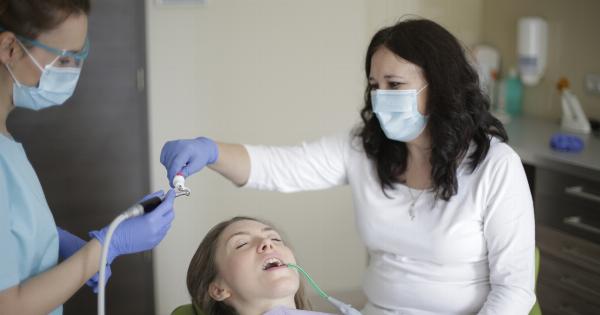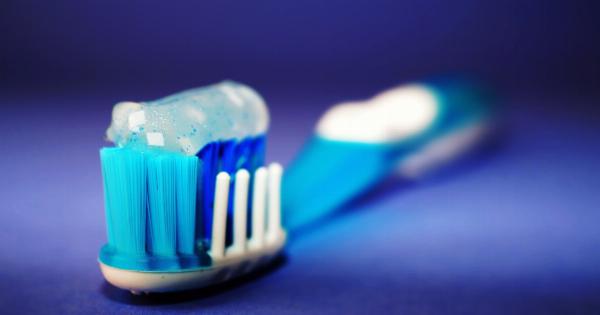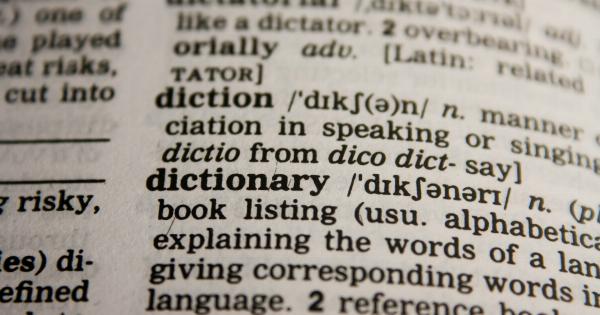Poor oral health is a pressing issue facing many Americans today, particularly those from low-income backgrounds.
The link between income inequality and oral health has been well-documented, with numerous studies highlighting the disparities in oral health outcomes across different socioeconomic groups. This article delves into the reasons behind this disparity and explores potential solutions to improve the oral health of low-income Americans.
The Impact of Income on Oral Health
Research consistently shows that low-income individuals are more likely to experience oral health problems than their higher-income counterparts. Several factors contribute to this disparity:.
1. Limited Access to Dental Care
One of the primary reasons for the poor oral health among low-income Americans is the lack of access to dental care.
Dental insurance coverage is often insufficient, if available at all, for individuals with low incomes, making it difficult for them to afford regular dental check-ups and necessary treatments. Without regular and preventive care, oral health issues can escalate and lead to more serious conditions.
2. Limited Awareness and Education
Inadequate oral health knowledge and education among low-income individuals can contribute to the prevalence of oral health problems.
Without proper information on oral hygiene practices, diet, and lifestyle habits, individuals may unknowingly engage in behaviors that harm their oral health, exacerbating the existing disparities.
3. Unhealthy Dietary Habits
In many low-income communities, access to nutritious foods is limited, leading to a higher consumption of sugary snacks and beverages.
These unhealthy dietary habits significantly increase the risk of tooth decay and gum diseases, contributing to poor oral health outcomes.
4. Limited Availability of Fluoridated Water
Fluoride is proven to be a significant factor in preventing tooth decay. However, many low-income communities lack access to fluoridated water, either due to inadequate infrastructure or reliance on wells and untreated water sources.
This absence of fluoridation further adds to the oral health challenges faced by low-income Americans.
5. Environmental Factors
Low-income individuals often reside in neighborhoods with limited access to recreational spaces and green areas, leading to higher stress levels.
Chronic stress has been linked to oral health problems, as it weakens the immune system and affects overall well-being, making individuals more susceptible to oral diseases.
The Consequences of Poor Oral Health
The implications of poor oral health extend beyond the mouth, affecting an individual’s overall health and well-being. Some of the consequences include:.
1. Pain and Discomfort
Untreated oral health issues can cause severe pain, discomfort, and difficulty in eating and speaking. This can negatively impact an individual’s quality of life, leading to decreased productivity and social isolation.
2. Systemic Health Issues
Poor oral health has been linked to several systemic health conditions, including cardiovascular disease, diabetes, respiratory infections, and adverse pregnancy outcomes.
The inflammation and infections in the mouth can spread to other parts of the body, increasing the risk of these conditions.
3. Emotional and Psychological Effects
Oral health problems can also take a toll on a person’s self-esteem and mental well-being. Crooked or missing teeth, bad breath, and other visible oral health issues can cause embarrassment, leading to lowered self-confidence and even depression.
Addressing the Disparities
Closing the gap in oral health outcomes between low-income and high-income individuals requires a multipronged approach. Here are some strategies that can help:.
1. Expanding Access to Affordable Dental Care
Government and private entities should work together to create more accessible and affordable dental care options for low-income individuals.
This could include expanding Medicaid coverage for dental services, collaborating with community health centers, and implementing mobile dental clinics in underserved areas.
2. Increasing Oral Health Education
Efforts should be made to improve oral health literacy among low-income communities.
Educational programs can be developed and implemented in schools, community centers, and healthcare facilities to raise awareness about proper oral hygiene practices, the importance of regular dental visits, and the impact of diet on oral health.
3. Promoting Preventive Measures
Emphasizing preventive measures such as fluoridation programs, sealant applications, and early interventions can significantly improve oral health outcomes.
Public health campaigns and initiatives can help spread awareness about the effectiveness of preventive measures in reducing the incidence of tooth decay and other oral health issues.
4. Integrating Oral Health with Overall Healthcare
Oral health should be recognized as an integral part of overall healthcare. Healthcare providers should be trained to identify and address oral health issues during routine check-ups, screenings, and other healthcare visits.
This integrated approach ensures that oral health is given the same level of importance as other health concerns.
5. Community Empowerment and Collaboration
Engaging the community and promoting collaborations between healthcare providers, community organizations, and educational institutions can make a significant difference in addressing oral health disparities.
By working together, stakeholders can create tailored interventions that meet the specific needs of low-income Americans.
Conclusion
Poor oral health among low-income Americans is a complex issue with a range of contributing factors.
The disparities in access to dental care, limited awareness, unhealthy dietary habits, lack of fluoridation, and environmental factors all play a role in the prevalence of oral health problems.
However, by implementing targeted strategies such as expanding access to affordable care, increasing oral health education, promoting prevention, integrating oral health with overall healthcare, and fostering community collaboration, it is possible to improve the oral health outcomes for low-income individuals. Everyone deserves the opportunity to maintain good oral health, regardless of their socioeconomic status.


























